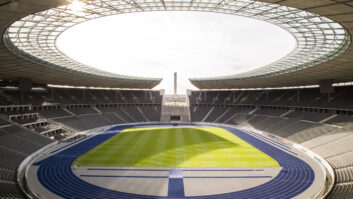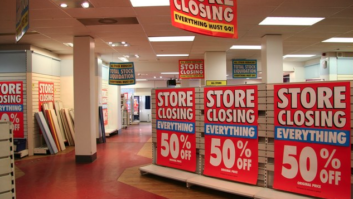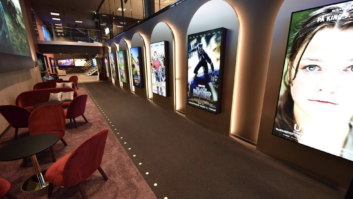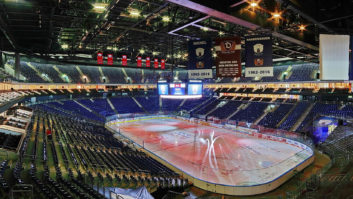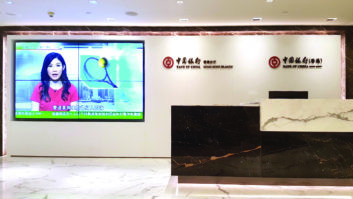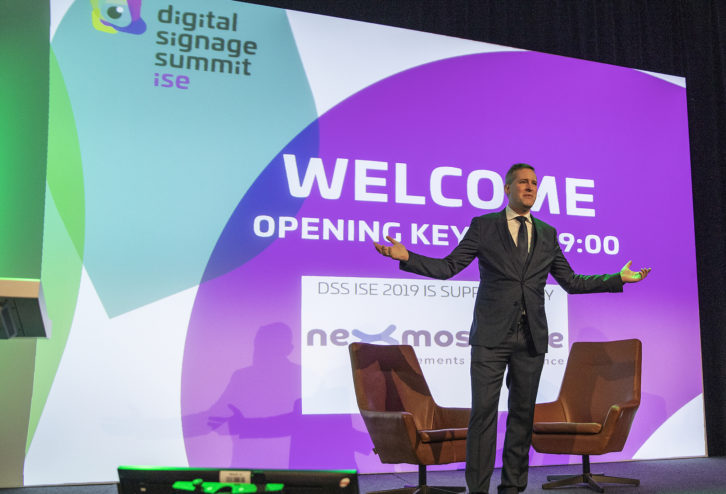
The Digital Signage Summit, part of the new ISE at the Okura programme, painted a rosy picture of the state of the digital signage industry, with global sales of large-format commercial displays reaching 5.6 million last year, a 21% increase on 2017. Market value now stands at $14.6 billion, an increase of 18% year on year.
Every market across EMEA recorded growth. Even the UK and Ireland, where many large projects have been put on hold due to the uncertainties raised by Brexit, recorded a 3% growth. Germany, Austria, Switzerland remained the largest market in EMEA, showing growth of 13% compared with 2017.
Florian Rotberg, managing director of invidis consulting, said: “It’s positive news; many other industries would love to have figures like this.”
The sector is experiencing a significant amount of disruption, however, with changing consumer behaviours and expectations driven by the likes of Facebook, Amazon, Netflix and Google. Stefan Schieker, managing partner at Result MC, explained: “These companies taught consumers to use touch, now they’re trying to teach us to use voice and not to care about owning things, but to share it. That’s having a deep impact on the retail industry and how we use signage to convince consumers to do, use and buy stuff.”
It’s not just in retail where digital signage is having an impact, as Jose Avalos, vice president, internet of things group, global director, visual retail and digital signage at Intel, highlighted: “There are many examples of how impactful visual communications and visual solutions can be.
Some 80% of brands experienced an increase of up to 33% in sales using digital signage. In addition, visual aids have been shown to improve classroom learning by up to 400%, quick service restaurants report a 30% increase in order value when customers use smart vending solutions, and 52% of travellers are more likely to visit a hotel that offers self-check in.
“Visual solutions are impacting brands, retailers and consumers across many industries,” concluded Avalos.
